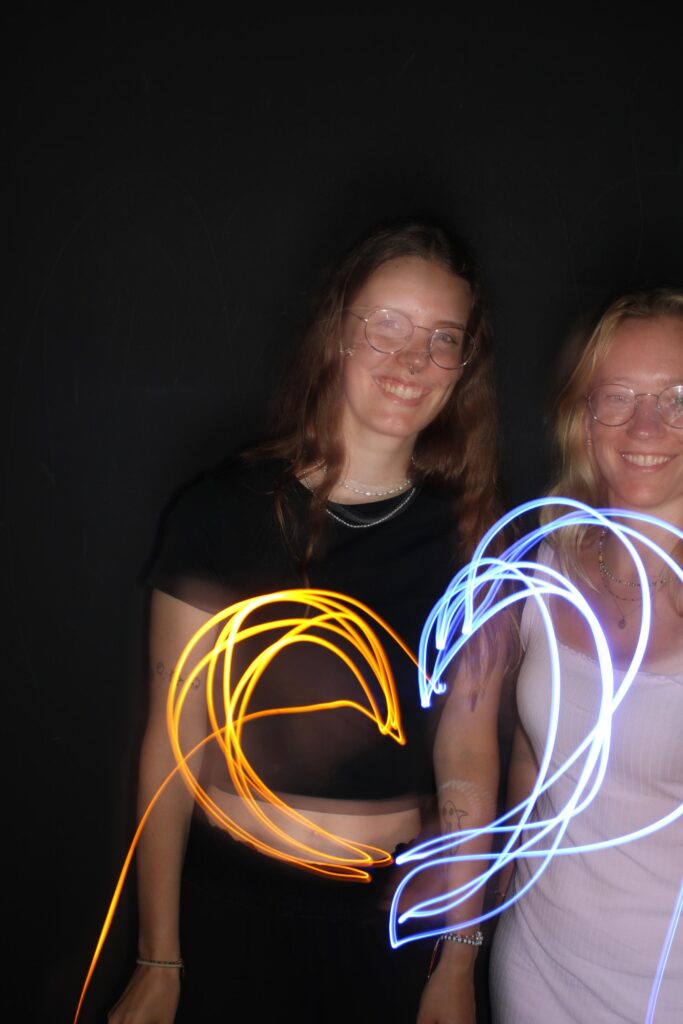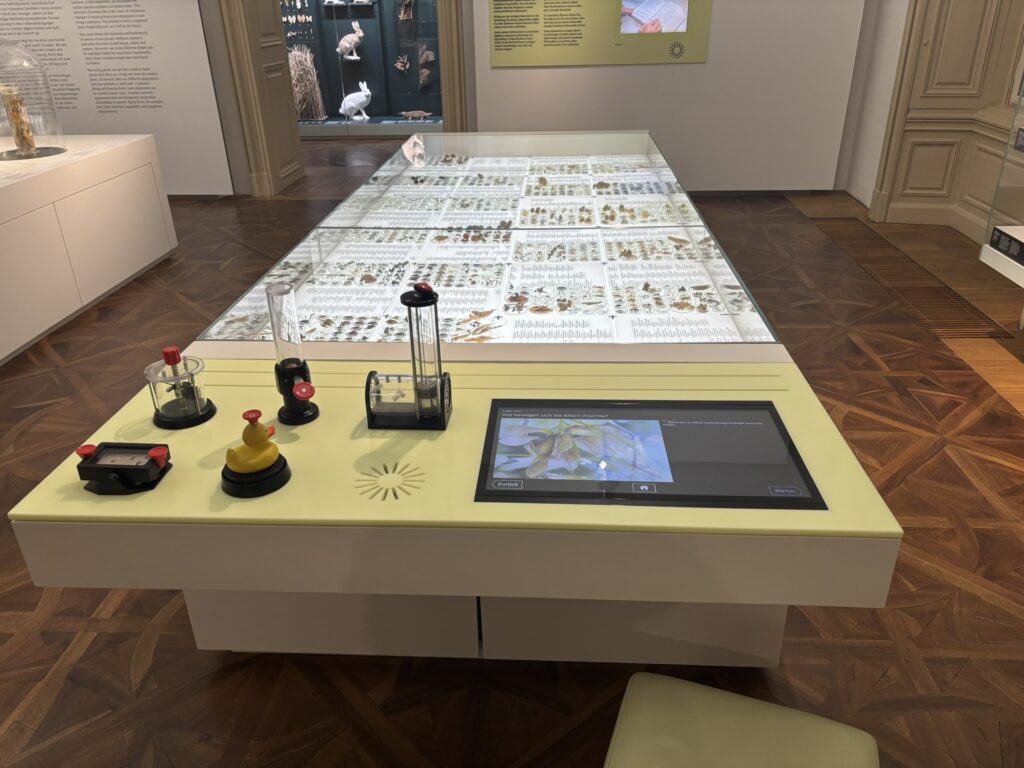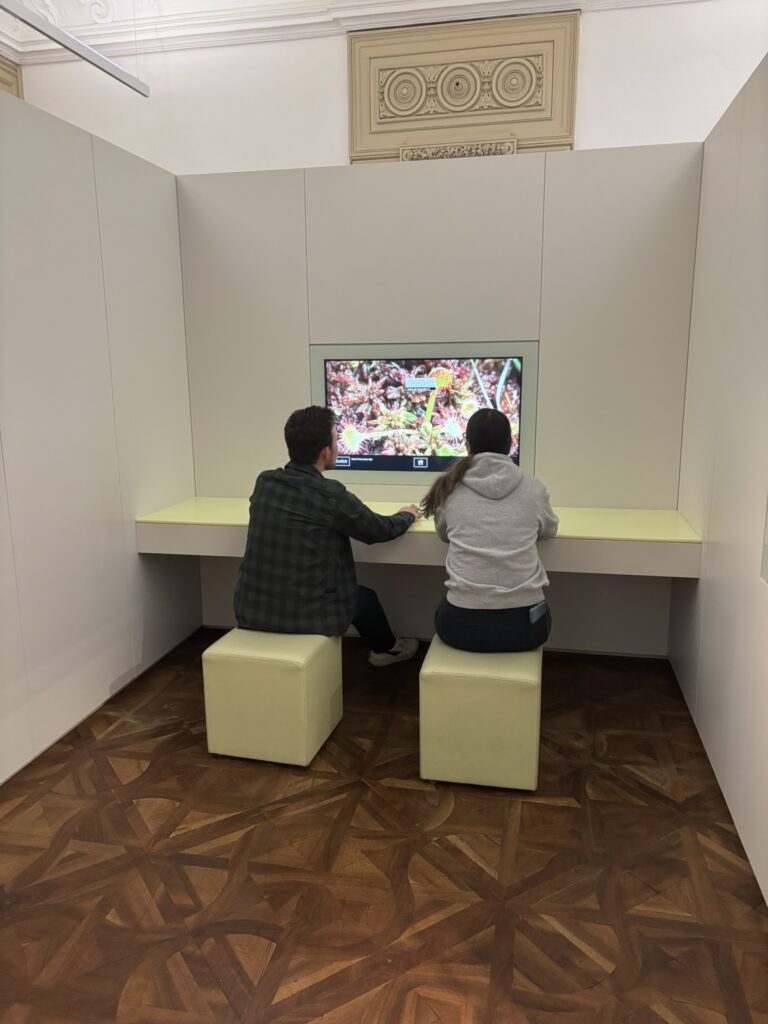Recently, I started watching the YouTube documentary series „0800 SEE ORCA“, which follows the work of Dr. Ingrid Visser, a renowned orca researcher and conservationist based in New Zealand. The series, directed by Paula Kormos and featuring footage shot by marine biologist and filmmaker Robert Marc Lehmann, offers a behind-the-scenes look at orca research and conservation. It covers a wide range of topics, from the identification of individual orcas and their social behavior to the urgent threats they face due to human activity.
What I found particularly engaging about the series was not only the scientific insight but also the emotional connection it fosters with these incredible animals. The show successfully combines education with a call to action for marine conservation, making it not only informative but also deeply moving.
In this blog post, I’ll share my reflections on the documentary series and discuss how its themes tie into my master’s thesis, which focuses on creating interactive, digital alternatives to traditional animal exhibits in zoos and aquariums.
The Series: An In-Depth Look at Orca Research and Conservation
„0800 SEE ORCA“ follows the daily work of Dr. Ingrid Visser, a key figure in orca research, who has dedicated her career to studying these majestic animals and advocating for their protection. Set in the waters of New Zealand, the series offers stunning footage of orcas in the wild and provides a real glimpse into their lives and behaviors. One of the most fascinating aspects of the series is how Dr. Visser and her team use unique physical traits—like dorsal fin shapes and skin patterns—to identify individual orcas. This level of detail helps them track the health, movements, and social interactions of the population.
Another major theme is the threats that orcas face, including environmental pollution, entanglement in fishing nets, and the broader impacts of climate change. The series doesn’t shy away from showing the harsh reality of these dangers, but it also highlights the important conservation work being done to protect orcas, including rescue operations for stranded animals. Seeing Dr. Visser and her team in action during these missions, coordinating with local authorities and volunteers, was inspiring and showed just how critical community efforts are in saving marine life.
One episode that stood out to me was the one on orca strandings—a situation that can be devastating but is sometimes preventable with quick, coordinated action. Watching the team work together to rescue these animals brought home the message that conservation is as much about rapid response and collaboration as it is about research.
Emotional and Educational Impact
One of the strengths of „0800 SEE ORCA“ is how it builds an emotional connection between the viewers and the animals. Through the personal stories of Dr. Visser and her team, you can sense the deep bond they share with the orcas. The series is filled with moments of awe and wonder, like when the team spots a new calf swimming alongside its mother or when they witness a rare hunting technique. These moments are beautifully captured and make you feel like you’re right there with the team.
For me, the series underscores how important it is to communicate science in an emotionally engaging way. The facts and figures about orca populations, climate change, and pollution are crucial, but it’s the emotional connection that makes viewers care enough to act. This is something I want to emphasize in my thesis as well—how can we use digital storytelling to not only inform but also inspire people to care about wildlife conservation?
Relevance to My Master’s Thesis: Designing Digital Alternatives
As someone researching digital alternatives to animal captivity in zoos and marine parks, „0800 SEE ORCA“ was a great source of inspiration. The series proves that it’s possible to convey authentic insights into animal behavior and conservation without keeping animals in captivity. By showing orcas in their natural habitat and detailing their social structures, the documentary provides a rich, informative experience that is both educational and ethical. Here are a few ways the series ties into my research:
- Authentic Learning in Natural Habitats: The series provides a true-to-life view of orcas in the wild, something that is missing from zoo exhibits. This aligns with my thesis goal of creating digital experiences that show animals in their natural habitats rather than confined spaces. By using high-quality footage and interactive storytelling, it’s possible to offer an educational experience that’s both accurate and engaging.
- Science as the Foundation: Dr. Visser’s research is central to the series, providing a scientific basis for every episode. This is something I want to carry into my own work. Any digital alternatives I create should be grounded in science, much like how Dr. Visser’s findings about orca behavior and threats are used to inform viewers. This ensures that the educational content is credible and valuable for audiences.
- Emotional Connection Through Storytelling: The way „0800 SEE ORCA“ builds emotional connections with the audience is something I find essential for successful educational programs. Creating empathy through storytelling—whether it’s through personal accounts of researchers or rescue missions—can make the content more impactful. In my thesis, I’m exploring how interactive storytelling in digital formats can foster this same sense of connection, encouraging viewers to care more deeply about animal welfare.
- Technology as a Tool for Immersion: Although the series uses traditional filming techniques, its high production quality offers inspiration for how technology—like immersive video or augmented reality—could create an even more engaging experience. Digital formats allow us to go beyond static exhibits, offering interactive elements like live data on animal populations, virtual tours of habitats, or even simulation of conservation efforts.
- Ethical Considerations: The documentary reinforces the importance of keeping animals in the wild, where they belong. This ethical stance is something I want to reflect in my work. The goal is to create digital experiences that provide valuable educational content without compromising animal welfare. The fact that „0800 SEE ORCA“ can educate and inspire without using captive animals makes it a great model for my own designs.
Conclusion: Learning Through Digital Media
In conclusion, „0800 SEE ORCA“ is more than just a documentary about orcas—it’s a powerful tool for raising awareness about the importance of conservation and ethical wildlife practices. It shows that we can learn a great deal about these animals without having to see them in captivity, and this is a central theme in my research.
As I continue developing ideas for my master’s thesis, this documentary series will serve as a strong example of how interactive digital media can be used to educate the public in a way that’s both engaging and ethical. The series highlights that with the right storytelling techniques, we can connect people to wildlife and inspire action to protect these animals in their natural habitats.
Watch the documentation here:
0800 SEE ORCA – Das Abenteuer meines Lebens | Folge 1



